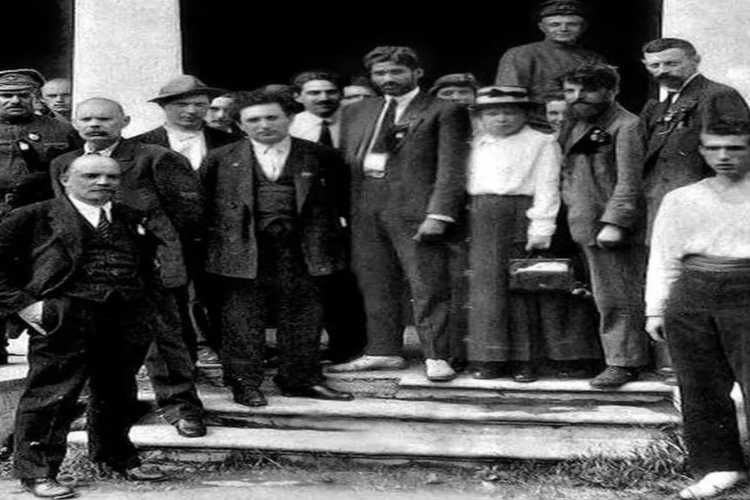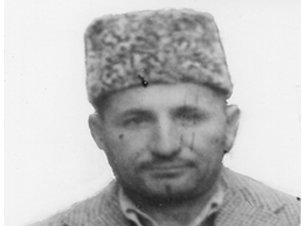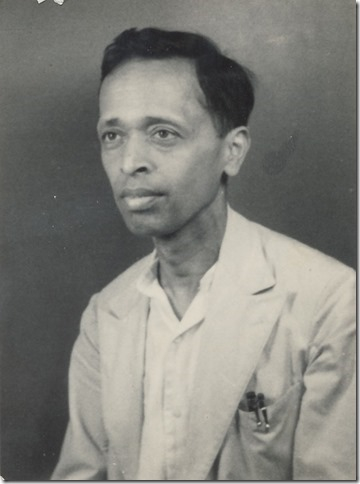
Saquib Salim
Tashkent, for Indians, holds relevance as a city where Prime Minister Lal Bahadur Shastri signed a treaty with General Ayub Khan after the Indo-Pak War of 1965. Quite mysteriously, the role of the capital of Uzbekistan has been obliterated from the story of the Indian Freedom Struggle. After the First World War, Tashkent played a major role in the revolutionary activities in India including the formation of Azad Hind Fauj by Netaji Subhas Chandra Bose.
A Slice Of History
Students of history are aware that Indian revolutionaries led by Jatin Mukherji, Rash Behari Bose, Raja Mahendra Pratap, Maulana Ubaidullah Sindhi, Maulana Abul Kalam Azad, Maulana Mahmud Hasan, Maulana Barkatullah, M. N. Roy and others tried to join hands with anti-British forces during the First World War to liberate India. A provisional government with Raja Mahendra Pratap as its head was formed in Kabul in 1915. Indian Ulema gave a call to leave India and wage war against the British which resulted in a mass exodus called the hijrat movement around 1920. Around the same time, Lenin had captured power in the USSR and the imagination of anti-colonial youth across the world. No, wonder Indians looked towards the USSR as an ally.

Mian Akbar Shah
M. N. Roy, one of the founding fathers of the Communist Party of India (CPI) and revolutionary leader, noted that between 50 thousand and 100 thousand people migrated during the Hijrat movement to Afghanistan. He was in Moscow at the time. Other Indian revolutionaries, Abdul Rab, and M. P. T. Acharya were already camping in Tashkent (Uzbekistan was part of the USSR). The attempts of liberating India during the War had failed but these revolutionaries were planning for another opportunity.
Roy, Acharya, Abdul Rab, and others envisaged an Indian Military School in Tashkent. Years later, Roy wrote that in 1920, “I suggested the idea of recruiting the deserters from the British Indian army into detachments of an irregular force which, as auxiliary to the Red Army, would patrol the Trans-Caspian railway from Krasnovodsk to Merve preparatory to a major offensive to drive the British invaders back. A step was taken towards the creation of a nucleus of the army to liberate India.” The idea sounds Deja Vu. Every Indian knows about the idea as the basis of the formation of Azad Hind Fauj more than 20 years later.
Indians, previously employed with the British Army, received guerrilla training at this school. Soon, muhajir also started pouring into Tashkent. Roy and Abdul Rab convinced them to join the Military School. They were advised to receive political and military training. Roy recalled, “the idea of political education did not appeal to most of them. They were all anti-imperialists; what more was there for them to learn? But military training was an inducement.”
Today we do not know the names of all the people trained at the school but Dr. Gangadhar Adhikari in The History of Communists Party of India noted at least 21 pass outs of the Military School. They were: Fida Ali, Abdul Qadar Sehrai , Sultan Mohammad, Mir Abdul Majid, Habib Ahmed, Ferozuddin Mansoor, Rafiq Ahmed, Mian Akbar Shah, Ghaus Rahaman, Aziz Ahmed, FazI llahi Qurban, Abdulla , Mohammad Shafiq, Shaukat Usmani, Masood Ali Shah, Master Abdur Hamid, Abdul Rahim, Ghulam Mohammad, Mohammad Akbar, Nissar Raz, and Hafiz Abdul Majid.

MPT Achrya
At least 10 of these 21 were arrested in different revolutionary cases after their return to India. Mian Akbar Shah is well known for his role in the famous escape of Netaji Subash Chandra Bose from Kolkata (Calcutta) to Peshawar. He is supposed to be the most important person to have planned and executed the escape in 1941. At least two from the school became fighter pilots. Abdur Rahim, one of the pilots, died during a combat operation while another, whose name is unknown, instructed Russian pilots later.
The Indian Military School (Indusky Kurs) at Tashkent headed by Roy, and later Abani, played an important role by providing future leadership. It gave Indian revolutionaries exposure to international politics, European military tactics, and diplomacy. The lessons led to the formation of several revolutionary groups culminating in Azad Hind Fauj.
In one of the speeches at the inauguration of the school, it was said, “trained in the Tashkent Military School, Indian revolutionaries would carry the message of the Russian Revolution to their country, which would surely inspire the Indian masses to undertake heroic action for overthrowing British rule.” No wonder, they lived up to the dream selflessly. Their names are not even at the margins of our history books.
